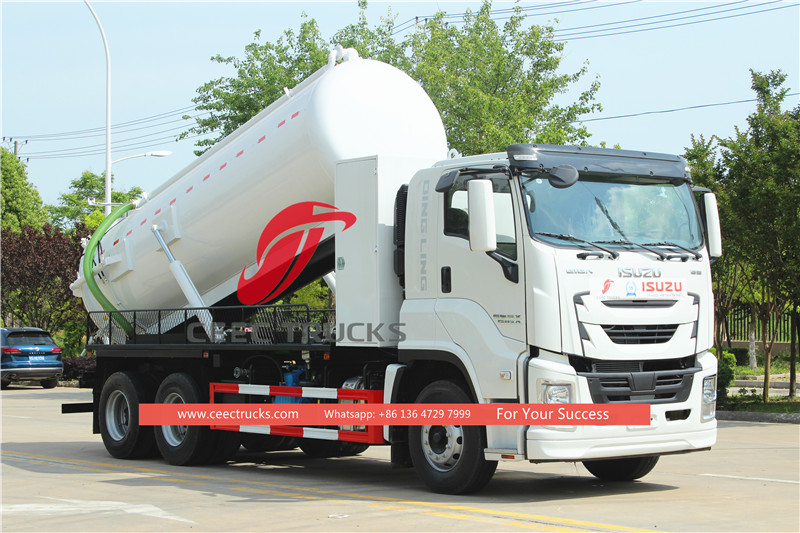
A septic pump tanker truck is a vehicle used to clean and transport waste from septic tanks, grease traps, and other waste storage systems. These trucks usually feature a large tank for holding and transporting waste, as well as powerful pumps and hoses for removing the waste from the storage systems.
They are commonly used by septic service companies, municipalities, and other organizations that deal with wastewater management. Proper use and cleaning of these trucks are essential to ensure proper sanitation and avoid the spread of disease.

A septic pump truck, also known as a vacuum truck or a sewage pump truck, is a specialized vehicle equipped with a large tank and a powerful pump or vacuums that are used to empty and transport septic tanks, grease traps, and other liquid waste from homes, businesses, and industrial facilities. The pump truck operates by creating a significant vacuum inside the tank, which then sucks the waste through a hose and into the truck's tank. The waste is then transported to a designated disposal site for treatment or disposal. These pump trucks may have different sizes and capacities depending on their use and location.
some general steps on how to use a septic pump truck:
1. Locate the septic tank: The first step is to locate the position of the septic tank so that the pump hose can be inserted into it.
2. Position the truck: Position the pump truck beside the tank at a convenient spot, ensuring that there is enough space for easy access, and that it is parked in a way that ensures stability.
3. Open the lid: Open the lid of the septic tank using a suitable tool, ensuring that it is steady and does not fall in.
4. Connect the hose: Connect the suction hose to the truck and insert it into the septic tank through the opening.
5. Seal the opening: Ensure that the opening is properly sealed to avoid any spillage or leaks.
6. Turn on the pump: Turn on the pump to start suctioning the waste from the septic tank.
7. Monitor the process: Monitor the pump action and the level inside the truck, ensuring that it does not overflow.
8. Disconnect the hose: After pumping is complete, disconnect the hose from the septic tank and secure the lid before leaving.
9. Dispose of the waste: Transport the waste to an appropriate disposal site or treatment plant.